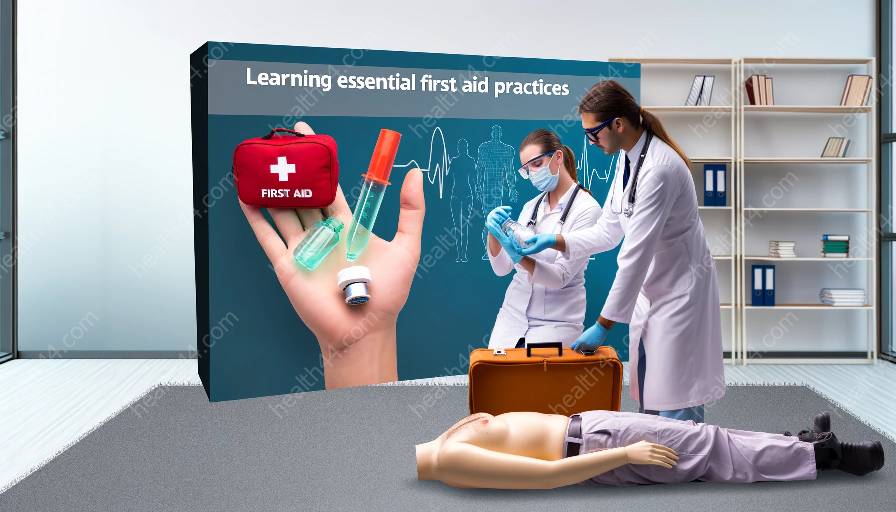Head and spinal injuries require careful and immediate attention. Understanding the proper first aid techniques for these injuries is crucial in ensuring the victim's safety and well-being.
Head Injuries
A head injury can range from a minor bump to a severe trauma. It's important to assess the situation and provide appropriate first aid. Here are the steps to follow:
- Assess the Situation: Check the victim's surroundings for any potential hazards. Ensure the safety of both yourself and the victim before providing assistance.
- Stabilize the Head and Neck: If the victim is unconscious and there is no risk of further injury, carefully position the head and neck in a neutral position to prevent any movement that could aggravate the injury.
- Control Bleeding: If there is bleeding, apply firm pressure using a clean cloth or bandage. However, avoid putting direct pressure on any protruding objects or deep wounds.
- Monitor Vital Signs: Check the victim's breathing, pulse, and level of consciousness. If the victim's condition worsens, seek medical assistance immediately.
- Keep the Victim Calm: Reassure the victim and keep them as calm and still as possible. Providing emotional support can help ease their distress.
Spinal Injuries
Spinal injuries are inherently dangerous and require utmost care. Here are the critical steps for providing first aid for spinal injuries:
- Assess the Situation: Evaluate the surroundings and ensure there are no further dangers to the victim or responders.
- Stabilize the Victim: If the victim is conscious and breathing, encourage them to avoid any movement. If necessary, gently support the head and neck to prevent any unnecessary motion.
- Reinforce Immobility: Avoid moving the victim unless absolutely essential. If you must move the victim, ensure proper support for the head and neck, and the entire body to minimize the risk of additional injury.
- Seek Medical Assistance: Contact emergency services as soon as possible. Notify them of the potential spinal injury and provide as much detail as you can about the victim's condition.
- Monitor Vital Signs: Keep a close eye on the victim's breathing, pulse, and level of consciousness. Be prepared to perform CPR if the victim becomes unresponsive and stops breathing.
Training and Education
Proper training in first aid is vital for anyone who may find themselves in a situation where they need to provide assistance to someone with a head or spinal injury. Knowing how to respond effectively can make a significant difference in the outcome for the victim.
Health education and medical training programs often include modules specifically focused on first aid for head and spinal injuries. These courses provide a comprehensive understanding of the signs and symptoms of such injuries, as well as the necessary steps to take to ensure the safety and well-being of the victim.
During these training sessions, participants learn how to assess the severity of head and spinal injuries, how to provide the appropriate support and care, and when to seek medical assistance.
Moreover, participants also receive hands-on training, which includes practicing stabilizing the head and neck, controlling bleeding, and supporting the victim until professional medical help arrives.
Conclusion
First aid for head and spinal injuries requires prompt action and appropriate care to ensure the victim's safety. Being equipped with the knowledge and skills to respond effectively in such situations can make a crucial difference in the outcome.
By understanding and practicing the recommended first aid techniques, individuals can play a crucial role in mitigating the impact of these injuries. Comprehensive health education and medical training programs further empower individuals to be confident and effective first responders in the event of head and spinal injuries.



